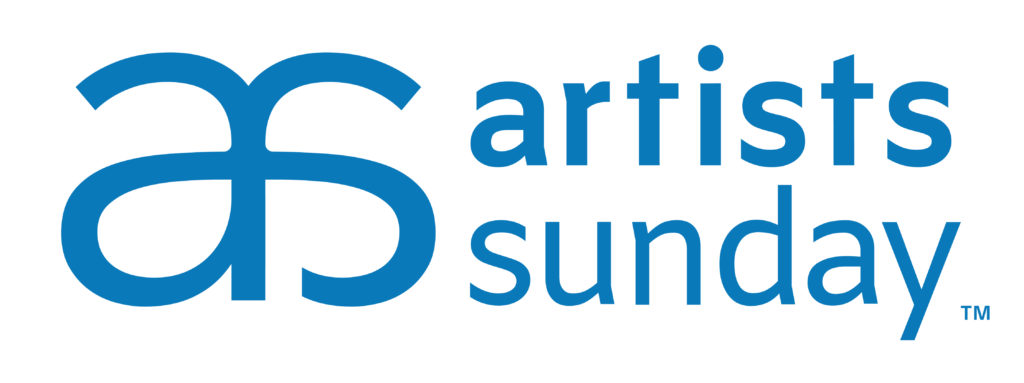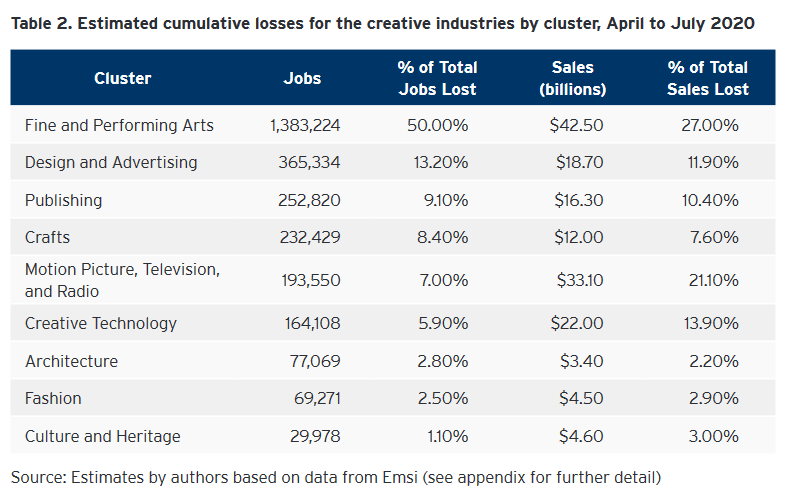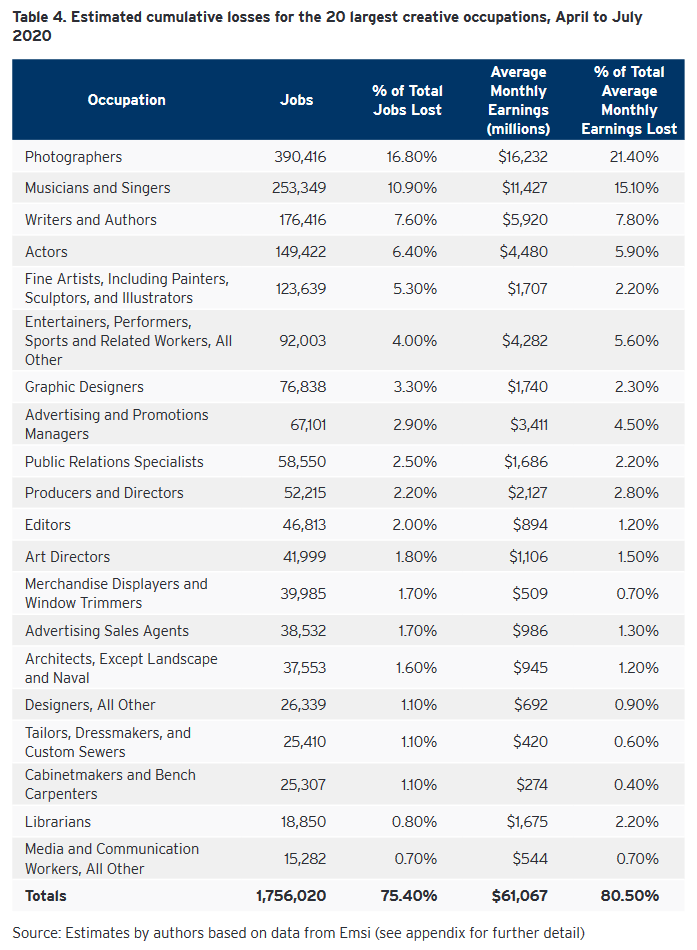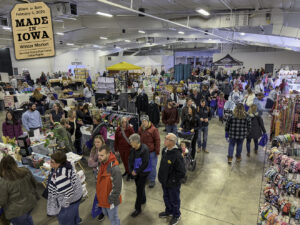As a nationwide art-shopping movement, we wanted to take a look at the facts, figures and data points of the “total universe” of the business of art in the United States. We focused on four areas:
1. number of consumers who engage with the arts in some way
2. number of commercial businesses involved in the art market
3. number of local art agencies
4. number of non-profits and community organizations involved in art, and
5 number of professional artists creating art
We’ve included high level data compiled from various sources, in all cases linking to the original source research. If you’re interested in diving in deeper, those sources contain additional granular details.
All data is as recent as possible. Of course, with the advent of the worldwide Covid-19 pandemic of 2020 (and now 2021), many numbers have likely changed. To date we know of no comprehensive examination of 2020 or 2021 United States art market. However, where possible, we have included Covid-19 data, including several tables and charts at the bottom of this article.
If you are aware of other data sources which should be included, please contact us here.
Art Consumers
- 132.3 million U.S. adults (53.8 percent) attended a visual or performing arts activity at least once in 2017 the past 12 months. Source: U.S. Trends in Arts Attendance and Literary Reading: 2017 (pdf)
- 106.8 million U.S. adults attended a least one live art event. Source: U.S. Trends in Arts Attendance and Literary Reading: 2017 (pdf)
- 57.6 million U.S. adults attended craft fairs or visual arts festivals in 2017. Source: U.S. Trends in Arts Attendance and Literary Reading: 2017 (pdf)
- 87% of Americans believe arts & culture are important to quality of life. Source: Americans for the Arts ARTS & ECONOMIC PROSPERITY 5 pdf
- 82% of Americans believe arts & culture are important to local businesses and the economy. Source: Americans for the Arts ARTS & ECONOMIC PROSPERITY 5 pdf
Commercial Art Businesses
- 673,656 businesses are involved in the creation or distribution of the arts.
- These businesses employ 3.48 million people.
- They represent 4.01% of all U.S. businesses and 2.04% of all U.S. employees.
Source: Creative Industries: Business & Employment in the Arts 2017
Local Art Agencies
Local Art Agencies (LAAs) work tirelessly to ensure that the arts and culture have a vital presence in America’s communities from coast to coast. LAAs are diverse in their makeup—they have many different names (Arts Council, Arts Commission, etc) and embrace a spectrum of artistic disciplines.
- 4,500 nonprofit organizations and municipal agencies
- 87% Interact with the Business Community
- 84% Program Events in their Community
- 92% Provide Services to Other Arts Organizations
- 91% Partner with Other Community Organizations
Source: Americans for the Arts 2019 Profile of Local Arts Agencies
Nonprofit Art Organizations
- 95,000 nonprofit arts organizations in the U.S. in 2015.
Source: Americans for the Arts 2016 National Arts Index - 39,292 nonprofit arts and cultural organizations with an annual budget of more than $50,000 in the U.S. in 2015.
Source: NCAR Paper on National Arts and Cultural Field (pdf) - America’s nonprofit arts industry generates $166.3 billion in economic activity every year, resulting in $27.5 billion in federal, state and local tax revenues.
Source: Americans for the Arts, Arts & Economic Prosperity 5: The Economic Impact of Nonprofit Arts & Culture Organizations & Their Audiences
Economic Impact of the Coronavirus (COVID-19)
- 96 percent – Percent of organizations that have had to cancel events due to Covid-19
- 113 million people – Number of lost in-person art-event attendance canceled due to Covid-19
Source: Americans for the Arts Economic Impact of the Coronavirus
Individual Artists
- There are nearly 2.5 million artists in the U.S. labor force. Source: National Endowment for the Arts Artists and Other Cultural Workers: A Statistical Portrait (2019) PDF
- Artists were 1.55 percent of the U.S. labor force in 2017. Source: National Endowment for the Arts Artists and Other Cultural Workers: A Statistical Portrait (2019) PDF
- Additionally, approximately 333,000 workers hold secondary jobs as artists. Source: National Endowment for the Arts Artists and Other Cultural Workers: A Statistical Portrait (2019) PDF
- Performing arts companies and independent artists, writers, and entertainers added a combined total of $52.2 billion to the U.S. economy in 2017 – Source: Facts & Figures on the Creative Economy
- Artists 3.6 times more likely than the total U.S. workforce to be self-employed. Artists are highly entrepreneurial. Source: National Endowment for the Arts Artists and Other Cultural Workers: A Statistical Portrait (2019) PDF
- 62% of Artists have become fully unemployed and the average financial loss per artist/creative worker is $24,000. (Survey) – Source: COVID-19’s Impact on The Arts: Research Update May 4, 2020
- Artists expect to lose $50.6 billion in income in 2020. Findings are based on 15,700 survey responses. (Survey) – Source: COVID-19’s Impact on The Arts: Research Update May 4, 2020
- Almost 1.4 million jobs and $42.5 billion in sales: The amount the fine and performing arts industries will suffer due to Covid-19. Source: Brookings Report Lost art: Measuring COVID-19’s devastating impact on America’s creative economy Aug 2020
Selected Tables and Charts
Live Arts Events
- 43.4 percent of U.S. adults or 106.8 million people, attended at least one of the activities listed directly below. Source: U.S. Trends in Arts Attendance and Literary Reading: 2017 (pdf)

U.S. Art Organizations with budgets larger than $50,000
There were 39,292 nonprofit arts and cultural organizations with an annual budget of more than $50,000 in the U.S. in 2015. See Table and Figure 1 below.
– Source: NCAR Paper on National Arts and Cultural Field (pdf)
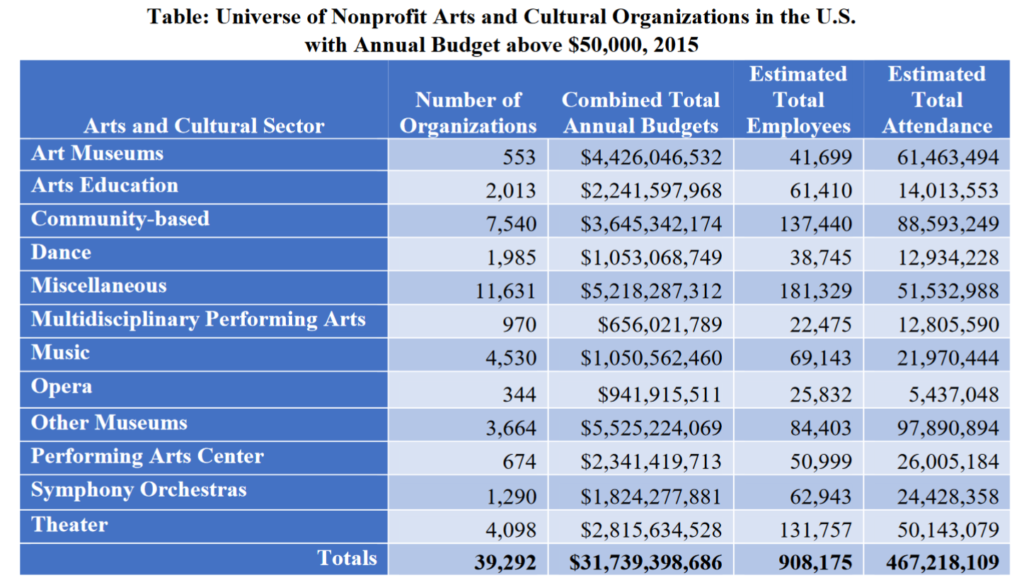

Covid-19’s Devastating Impact on Artists in the United States
Covid-19’s Devastating Impact on Arts and cultural organizations in the United States
Source: Americans for the Arts Economic Impact of the Coronavirus – Data as of 2/12/2021


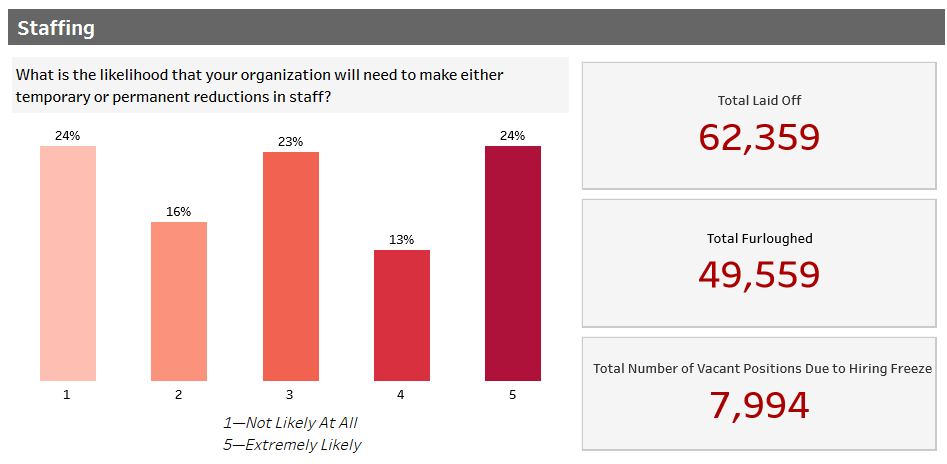
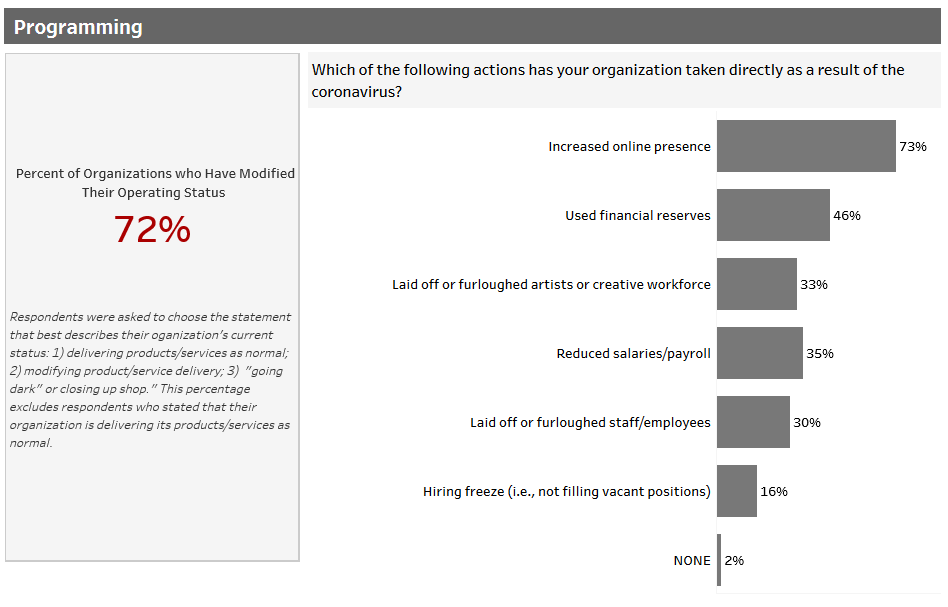
Artists Sunday is the nationwide movement dedicated to supporting artists and recognizing the impact they have in enriching our lives, communities, and the economy.
The powerful new effort is designed to make the Sunday after Thanksgiving the most profitable day of the year for artists. Consumers are encouraged to shop with artists and purchase creative, handcrafted gifts for the holidays. Artists Sunday follows Black Friday and Small Business Saturday, prior to Cyber Monday.
Supporters include individual artists, economic development agencies and non-profit organizations across the country. To learn more about Artists Sunday artists, partners, sponsors, or involvement in promoting commerce with artists, please visit http://ArtistsSunday.com/
